If there is one thing a lot of dog owners can agree on, it’s that our furry friends absolutely love having their belly rubbed!
It is almost too cute to watch their ears perk up, eyes light up and tail wag in anticipation for some good old belly rub action; which always makes us wonder - why do dogs like belly rubs so much? There must be more going on then what meets the eye.
Well today we are here to dive deep into why belly rubs make our dogs feel so blissfully happy.
Does My Dog Want A Belly Rub?
As a dog owner, you've likely found yourself pondering the question, 'Does my dog want a belly rub?'.
It's quite common to witness our canine companions rolling over onto their backs, displaying their bellies to us as if begging for a scratch or rub. This particular behaviour is indeed an indication that your dog is seeking some affection and good belly rubs.
Dogs often expose their vulnerable underbellies not just as a submissive gesture to show trust and respect, but also because they enjoy the physical touch and the attention it brings.
A belly rub can be a great way to bond with your furry friend and offer them a rewarding experience for their love and loyalty.
So, the next time your dog rolls over and presents their belly, feel free to indulge them in the comforting and relaxing enjoyment of a belly rub.
Why Do Dogs Roll Onto Their Backs?

Dogs rolling onto their backs is a behaviour that many pet owners have observed with curiosity and amusement.
There are several reasons for this seemingly odd conduct, and understanding them can provide valuable insights into a dog's psychology and social interactions. One of the primary reasons for rolling over is to show submission and trust in the presence of other dogs or humans.
By exposing their vulnerable bellies, dogs signal that they acknowledge the dominance of the other party and seek to maintain a peaceful relationship.
Additionally, rolling onto their backs can be a calming technique that dogs use to alleviate stress and anxiety, as it helps in self-soothing their nerves.
Moreover, this action also addresses their grooming needs, as it enables them to scratch hard-to-reach areas or even rub off excess fur.
Finally, rolling over can be simply an expression of joy and playfulness, enhancing the bonding experience between dogs and their owners.
So the next time you see your furry friend rolling onto their back, you can appreciate the complexity of their behaviour and the many reasons behind it.
If Your Dog Doesn't Love Belly Rubs Don't Force It
A belly rub can be a great way to show your dog affection and bond with them, but not all dogs will appreciate belly rubs.
Just because your pup might not love belly rubs does not mean that you need to force it; even if other people's dogs seem to love belly rubs, it is important to recognise that every canine is different.
It is essential to pay attention to your dog's body language when trying to determine whether they like belly rubs or not.
If they pull away, show signs of discomfort or appear tense, then it would be wise to stop petting and find different ways in which you can show affection such as playing fetch or giving treats.
Why Do Dogs Enjoy Belly Rubs?
Our canine companion are known to relish and adore belly rubs, but have you ever wondered why this simple action brings them so much joy?
The reason behind their fondness for belly rubs lies in their physiology and psychology. Firstly, dogs have numerous nerve endings and sensory receptors in their abdominal region, which make them extremely sensitive to touch.
When their belly is rubbed, it triggers a release endorphins & feel-good hormones, such as oxytocin and serotonin, creating a euphoric, calming sensation.
In addition, exposing their belly signifies trust and submission, and when their owner or a familiar person rubs their belly, it fosters an emotional bond between the dog and the human.
Consequently, belly rubs are more than just a delightful physical sensation for dogs; they are also an essential aspect of strengthening their social relationships and reinforcing positive behaviours.
How to Give a Good Belly Rub
Giving a good belly rub is an activity that can strengthen the bond between you and your furry companion, while also providing a soothing and relaxing experience for both of you.
To master this technique, you should begin by gaining your pet's trust and finding the right position - this could be when your dog lies down or your dog is rolling over onto its back, exposing its belly.
Use a gentle and caring touch, starting from the chest area and gradually moving downwards, making sure to avoid sensitive areas such as the genitals. Be mindful of your pet's body language and reactions; if they display signs of discomfort, it's important to adjust your pressure or stop the belly rub altogether for them to stay relaxed.
Remember, the key to a great belly rub is a balance of gentle and firm strokes, adapting to their preferences, and always making it a positive and enjoyable experience for your four-legged friend.
Why Do Dogs Kick Their Legs When Getting a Belly Rub?
Have you ever noticed your dog's leg involuntarily kicking in bliss while receiving a belly rub?
This endearing canine quirk is actually a natural reflex known as the scratch reflex. As you gently scratch or stroke their belly, you unknowingly stimulate nerve endings located in their derma, which prompt them to kick their legs as an involuntary response.
This automatic response serves a functional purpose for our furry friends. In the wild, dogs use this reflex to protect themselves from potential threats, such as bugs or parasites on their skin.
Furthermore, the sensation of a belly rub creates a rush of serotonin, which leads to pure happiness for our four-legged companions.
So, the next time you see your pup kicking their leg to an enjoyable belly rub, remember that it's neither a mere coincidence nor a display of exuberance, but rather, an instinctive reaction rooted in their biology.
Do Dogs Like This Scratch Reflex Sensation?
While it may appear that dogs enjoy the specific reaction of involuntary twitching sensation caused by the scratch reflex, the reality is a bit more complex.
The scratch reflex, also known as the "tickle spot," is an automatic reaction of the dog's nervous system to stimulation, such as when you scratch that special spot on their dog's belly or back.
It might seem like your furry friend is enjoying this sensation, but the response is actually an evolutionary mechanism designed to help protect dogs from pests and irritants. When your dog kicks or twitches in response to being scratched, they are instinctively trying to remove these potential irritants from their body.
So even though it might look like they are relishing the experience, the scratch reflex serves a more practical purpose in ensuring their overall well-being.
The Scientific Reason Why Dogs Love Belly Rubs

Dogs have long been known to enjoy belly rubs, but have you ever wondered the scientific reason behind this?
It's all related to the brain and the production of hormones. When we rub and scratch their belly, it stimulates a tactile response in their hair follicles, which sends a signal to their brain to release a hormone called oxytocin.
This "feel-good" hormone, also known as the "love hormone," helps cement the bond between dogs and humans, while also bringing comfort and happiness to the dog.
Simultaneously, the act of giving a belly rub to our furry friends triggers the release of endorphins in our brains, contributing to the overall emotional and physical well-being of both the dog and the human.
Thus, the scientific reason why dogs love belly rubs lies within the neurological processes that occur, serving as a testament to the profound connection between dogs and their human companions.
Improve Your Belly Rubbing Skills In Five Simple Steps
Mastering the art of belly rubbing can bring immense satisfaction and relaxation, not only for our furry friends but also for ourselves. We'd like to share five simple steps for elevating your belly rubbing skills.
First, approach the animal gently, ensuring they feel comfortable and safe.
Next, observe their body language closely; recognizing when they are content and primed for a delightful belly rub is crucial.
Third, using a circular motion, apply gentle pressure with your fingertips, paying close attention to their reaction; adjust your pressure and speed accordingly to maximize enjoyment.
The fourth step involves covering varying areas of the abdomen, catering to the individual preferences of the animal.
Lastly, never forget to maintain a calming environment, as this will allow the recipient to revel in the full soothing experience you have cultivated.
Through these five basic steps, you’ll soon perfect the art of belly rubbing, forging a bond of love and trust with every happy recipient.
What To Do If Your Dog Does Not Enjoy Belly Rubs
If you’re in a situation and your dog does not seem to enjoy belly rubs, the first thing you should consider is dog showing.
Not all dog breeds react positively to such kinds of physical contact, even if it’s coming from their owner or someone they are familiar with.
Look for signs like tail tucked between legs and lip licking when the dog is approached that indicate that the dog is feeling uncomfortable.
Anxious dogs can also tend to resist belly rubs as this could be a sign that they are feeling over-stimulated.
If your dog doesn't come running every time someone offers them a belly rub, then consider talking to a dog behaviour specialist who can provide further advice on what you can do in order to make your dog more comfortable with such contact.
Should You Give Your Dog Belly Rubs?
Absolutely! Giving your dog a belly rub can be a wonderful bonding experience for both you and your furry friend.
Dogs often expose their bellies as a sign of trust and submission, so when you offer a soothing belly rub, you're communicating to your dog that you appreciate their vulnerability and loyalty.
This simple act not only provides your dog with a gentle massage, but it also strengthens the relationship between the both of you.
Moreover, belly rubs can be a positive way to reinforce good behaviour in your dog, especially during training sessions.
However, it is important to always be mindful of your dog's body language and preferences, as not every dog may enjoy belly rubs or may only tolerate them for a short duration.
In conclusion, belly rubs can be a delightful and beneficial activity to share with your dog, as long as you respect their individual comfort levels.
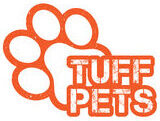
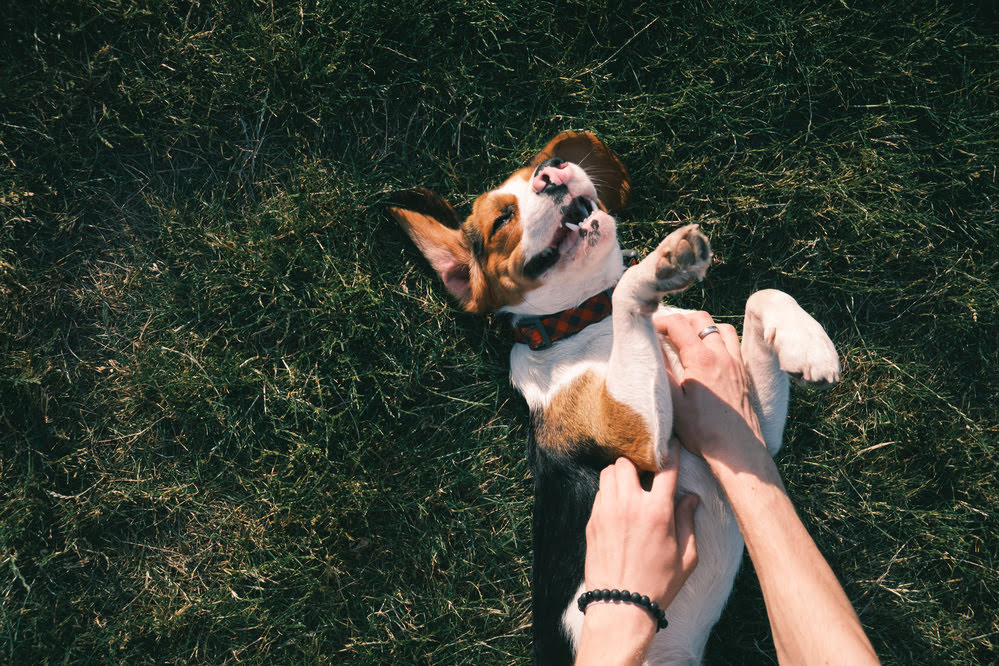

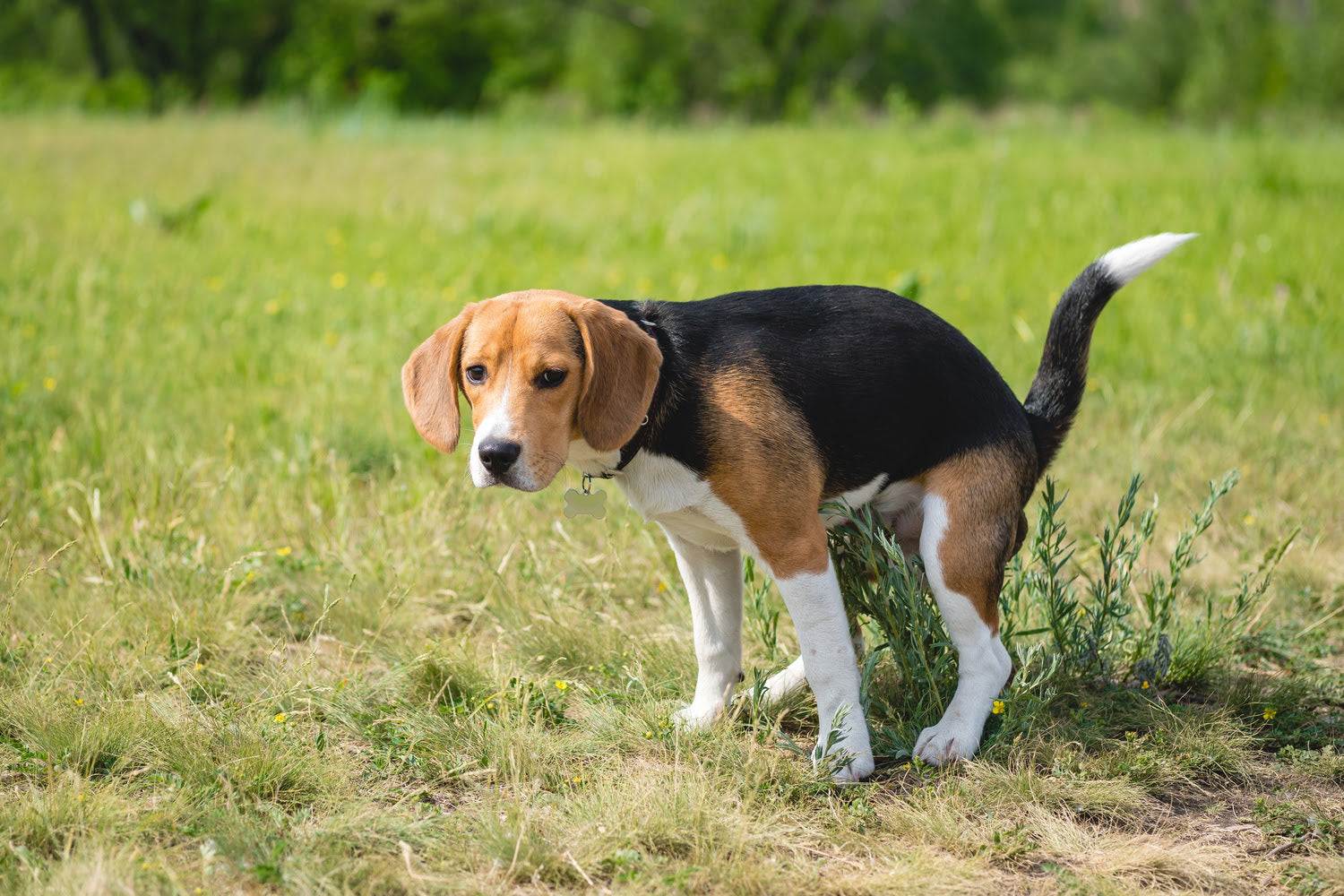
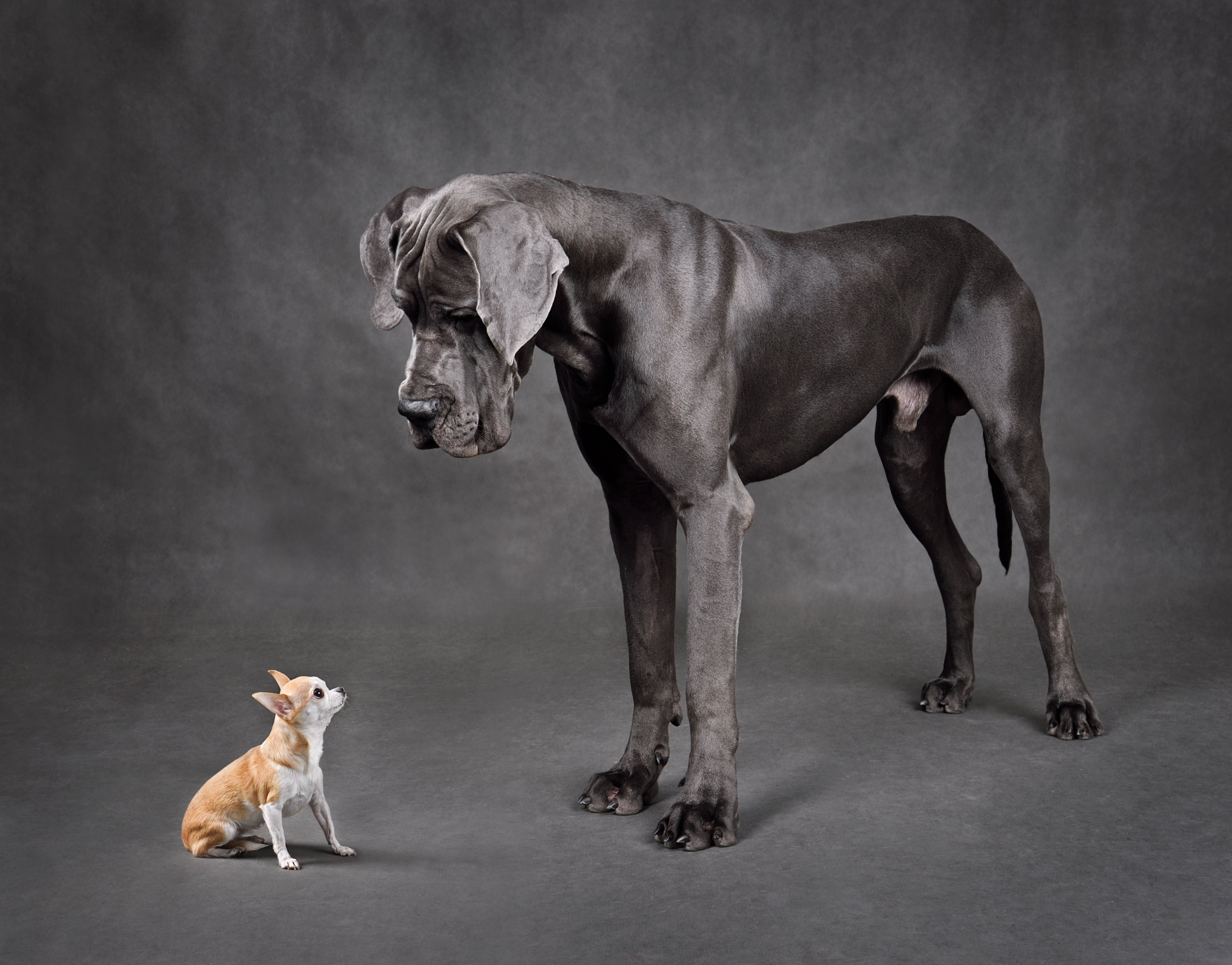
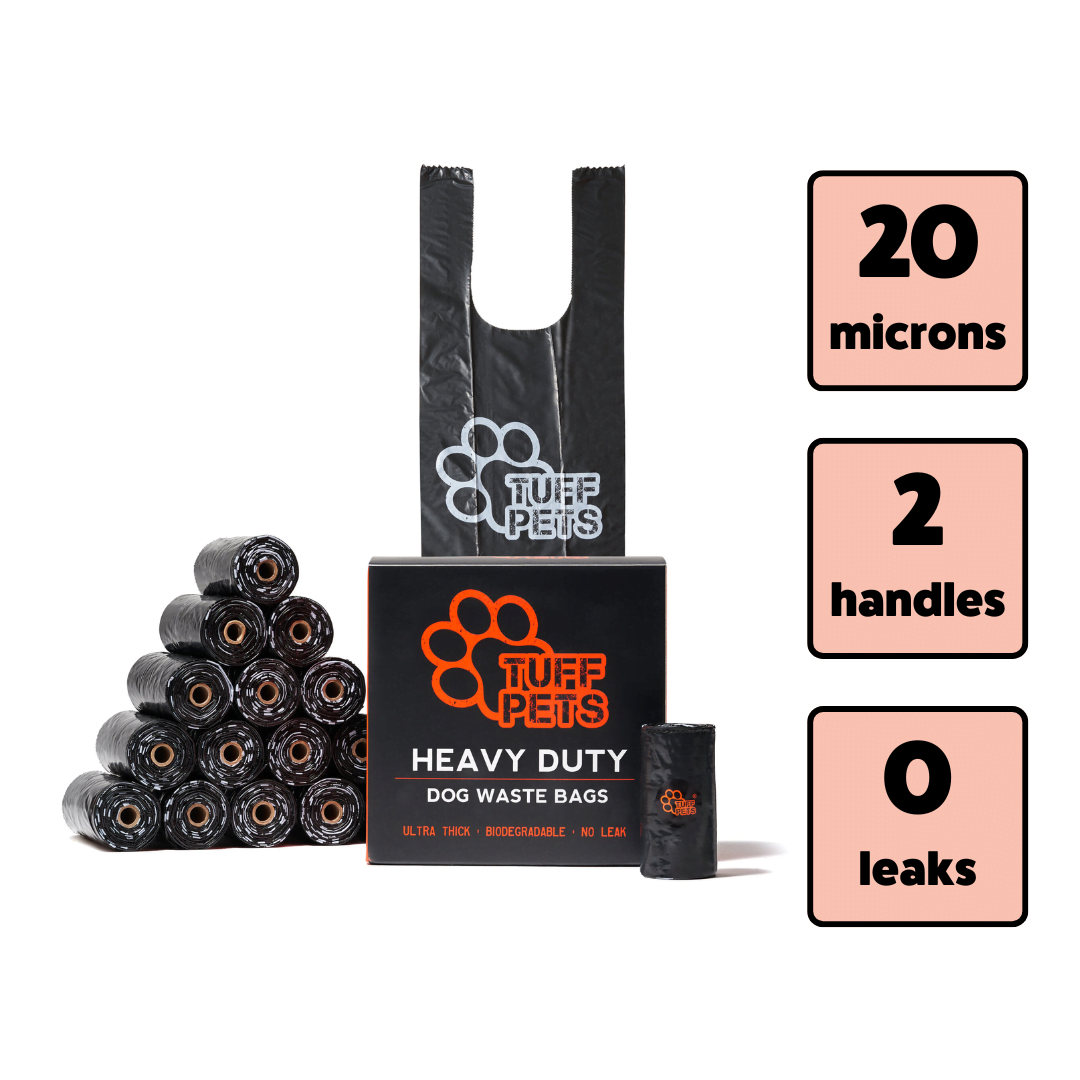
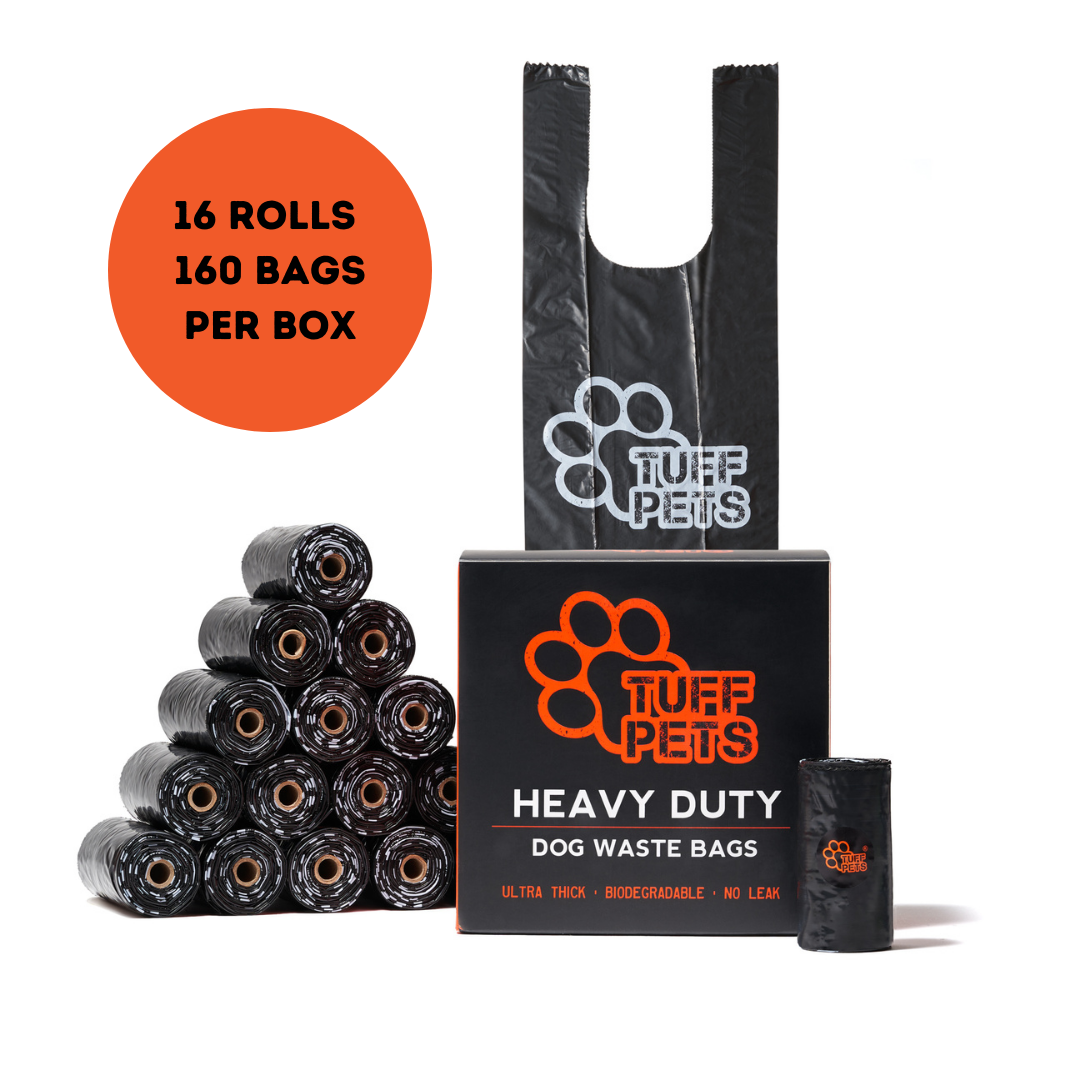
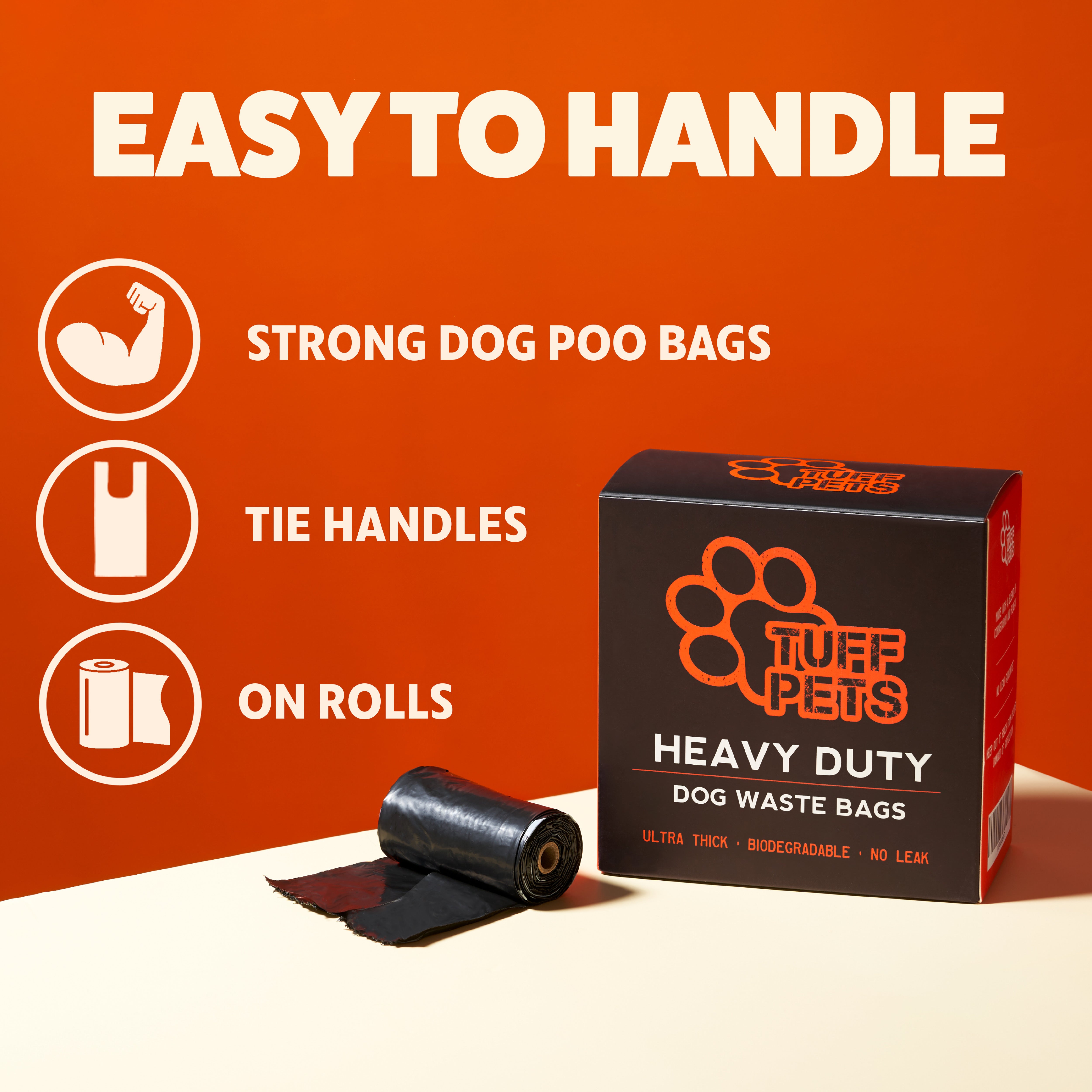
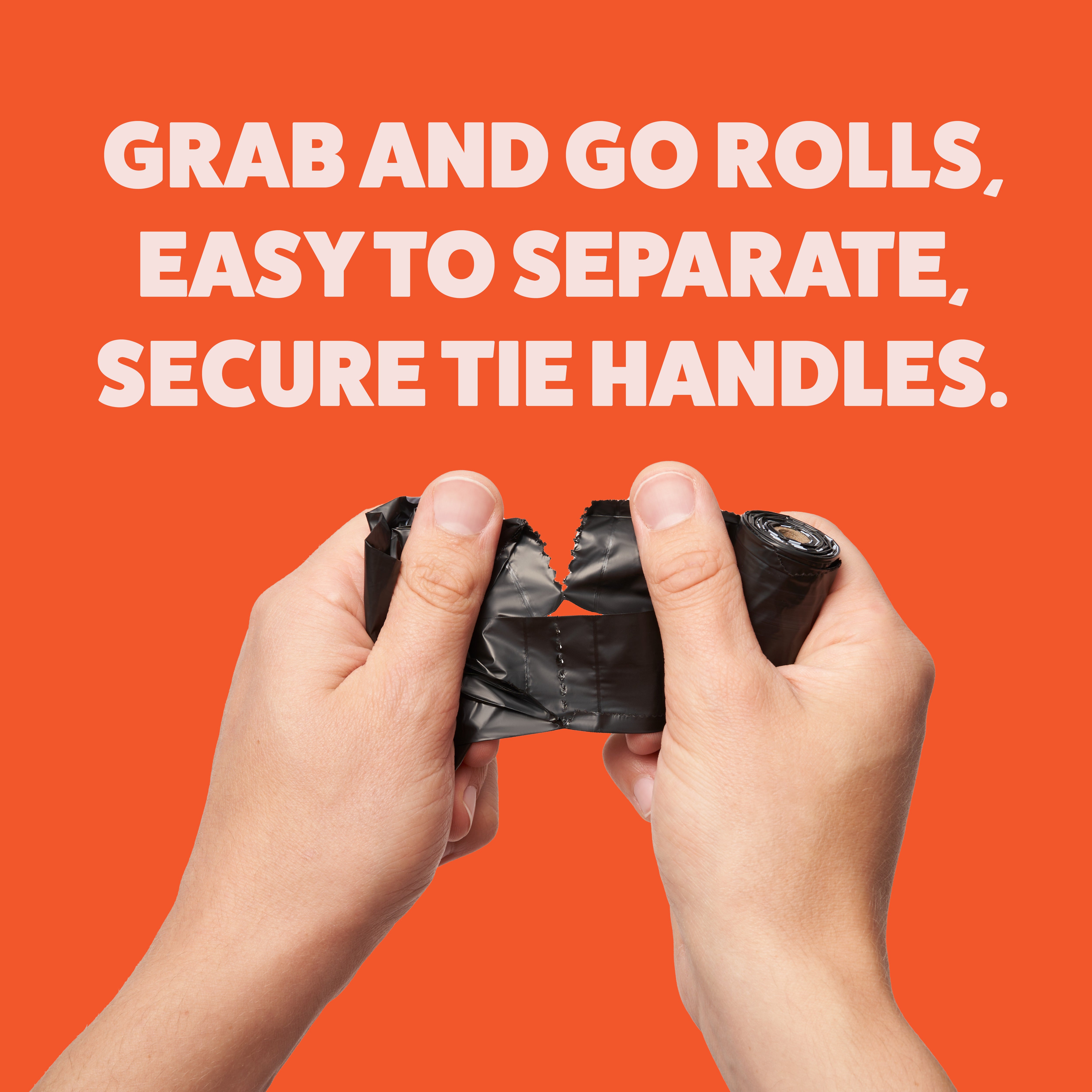
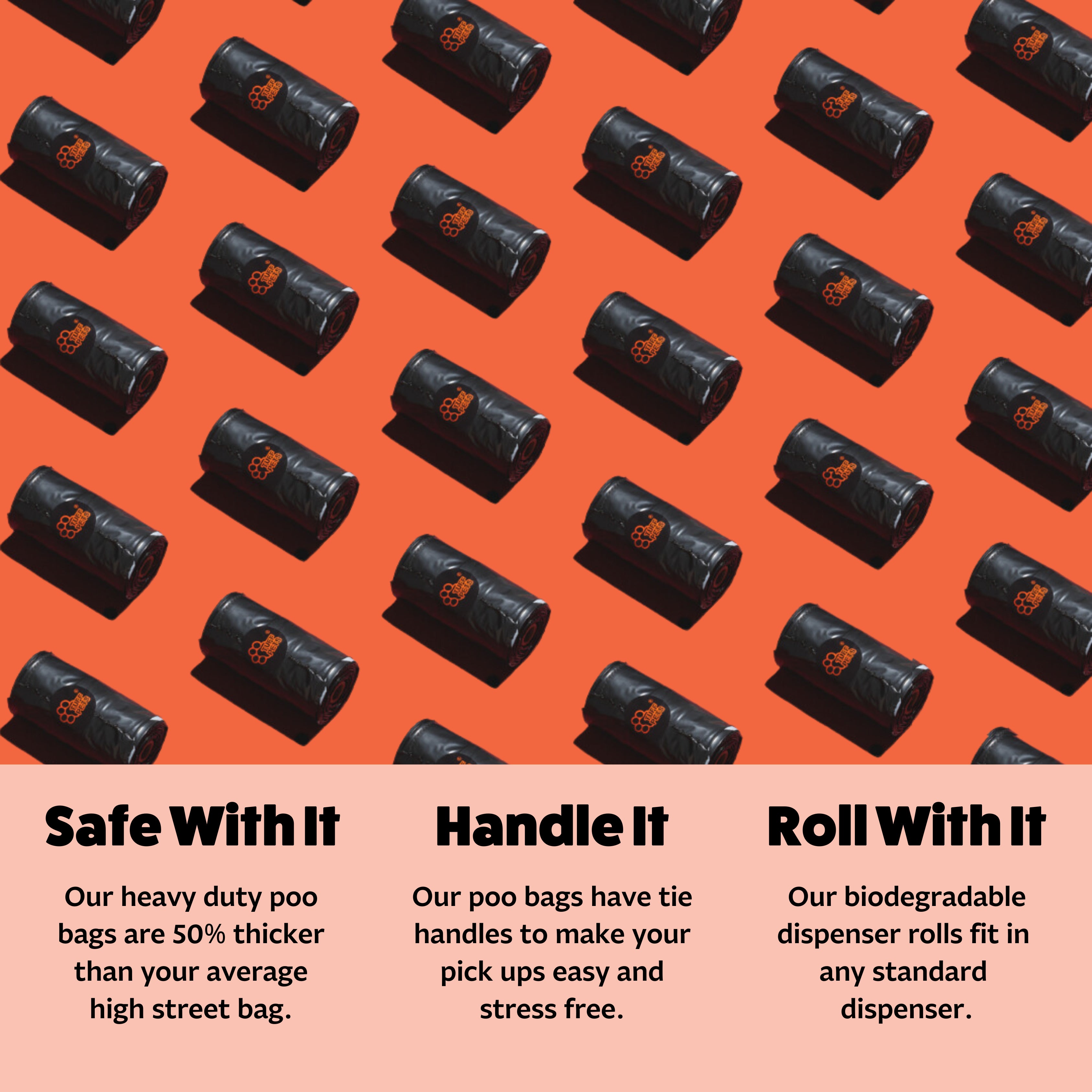
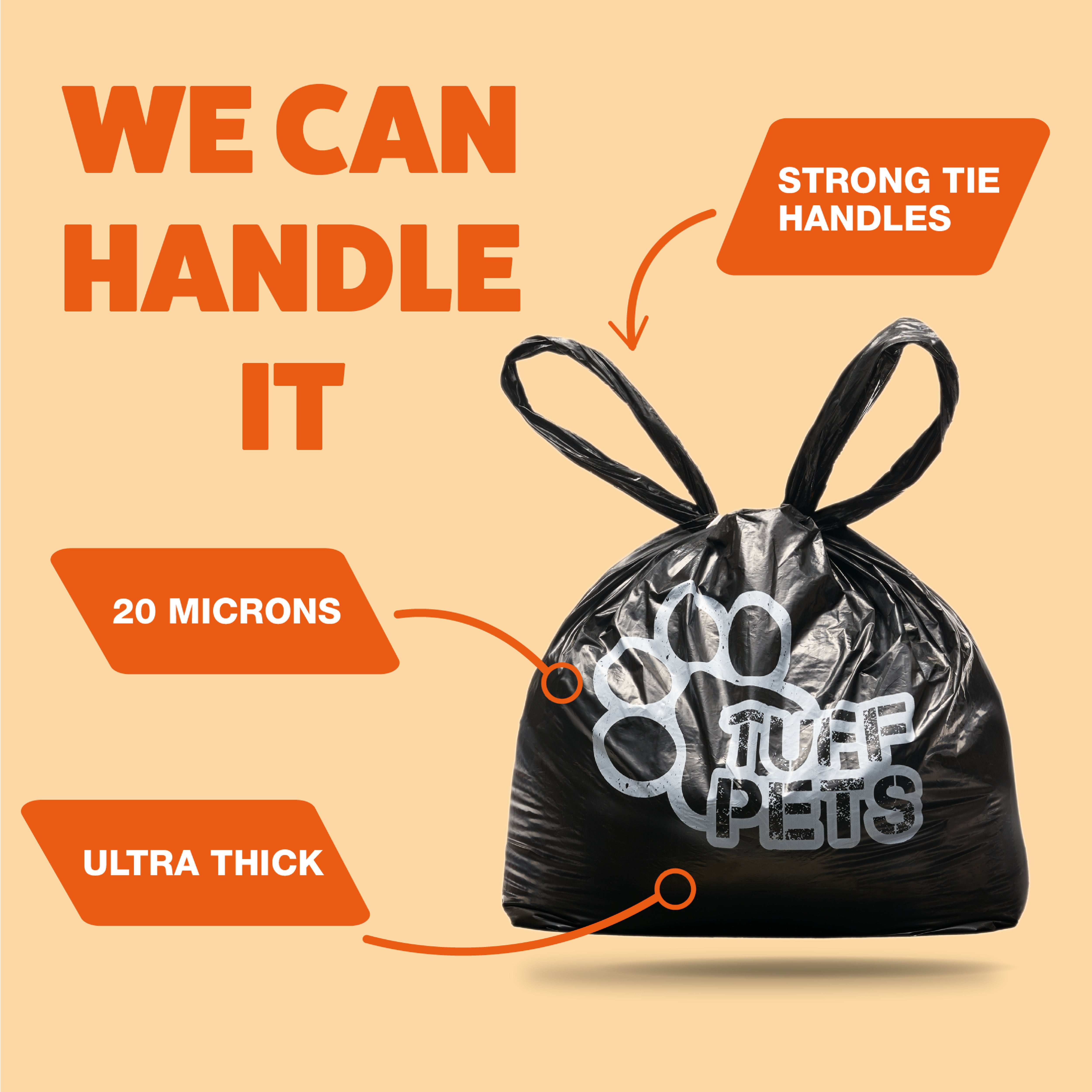
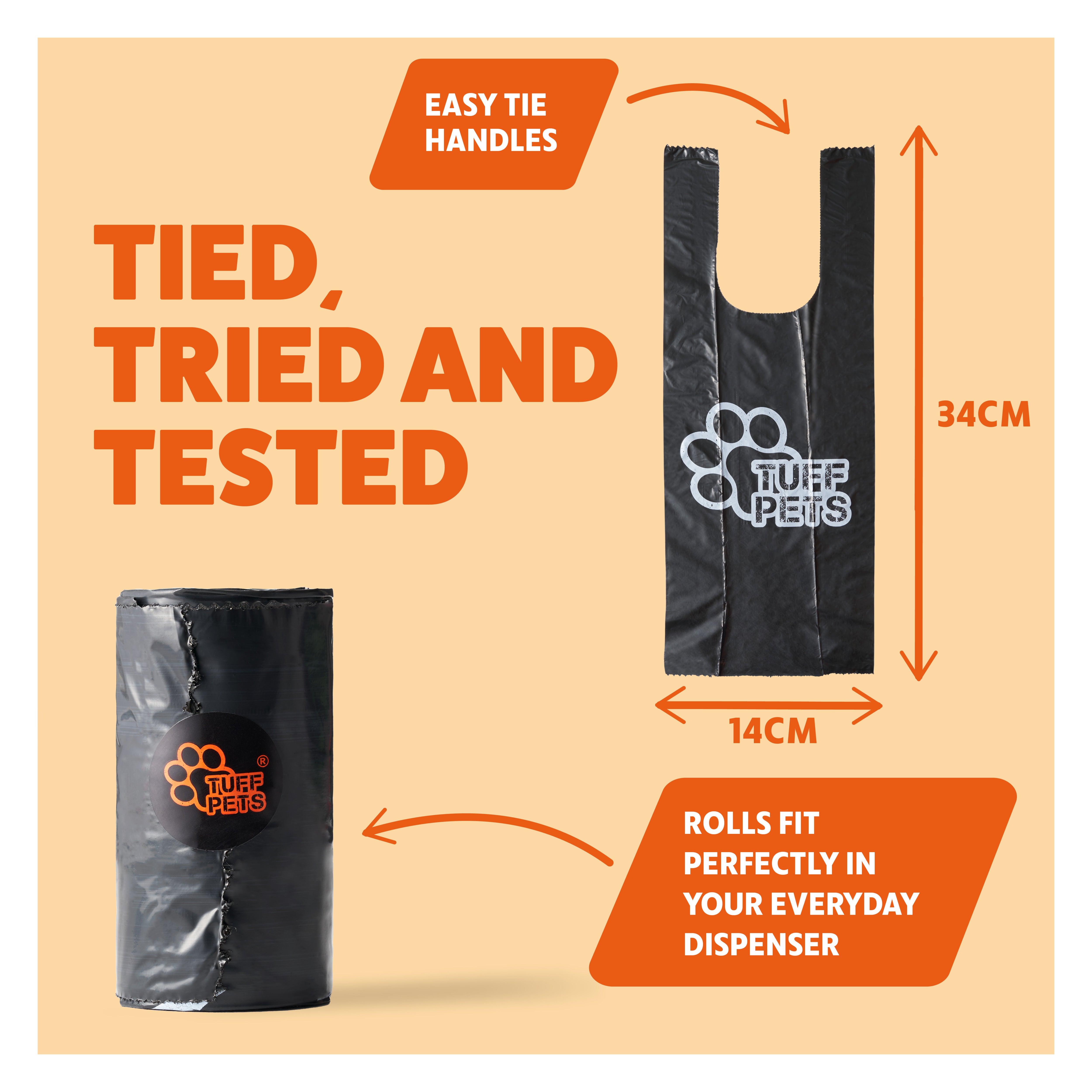
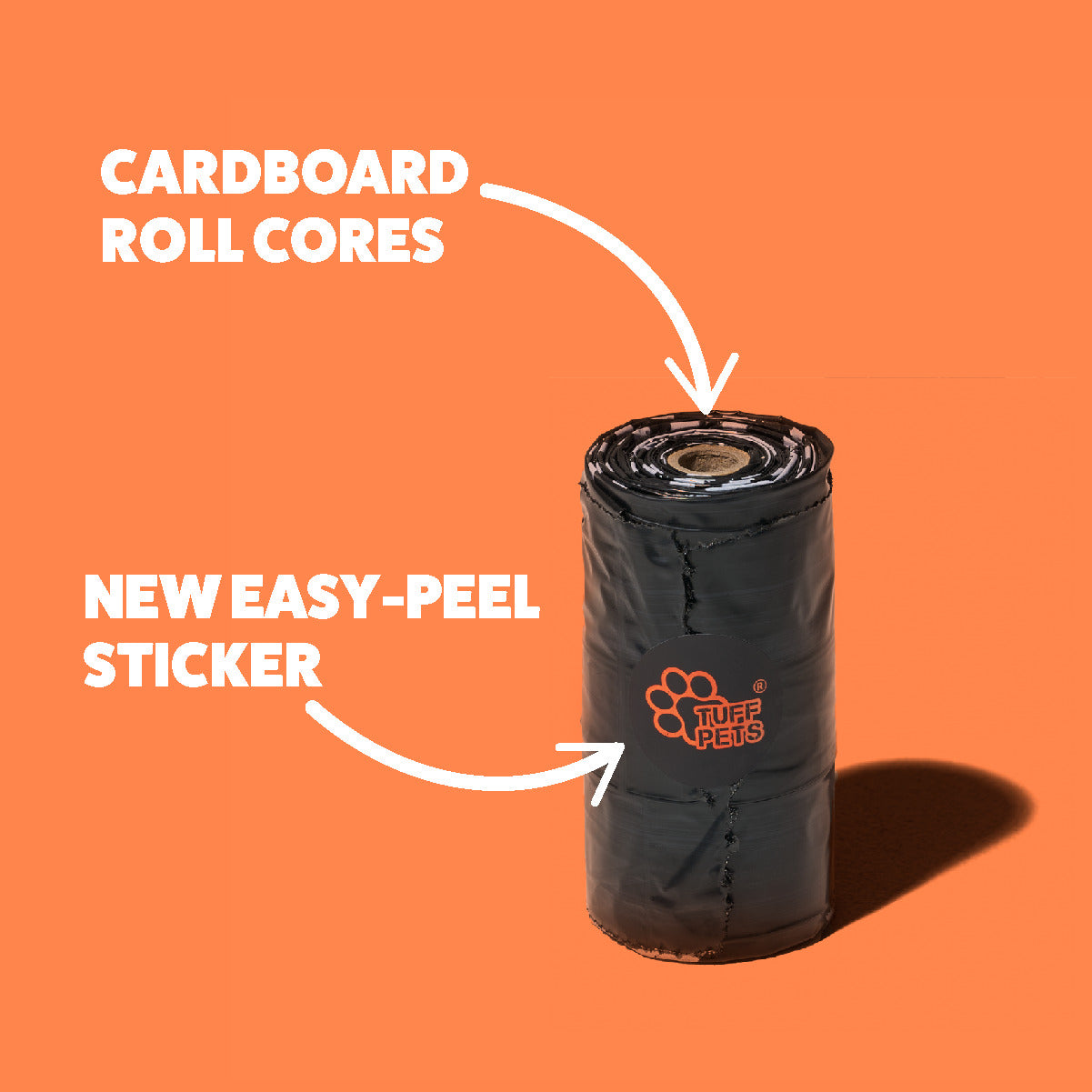
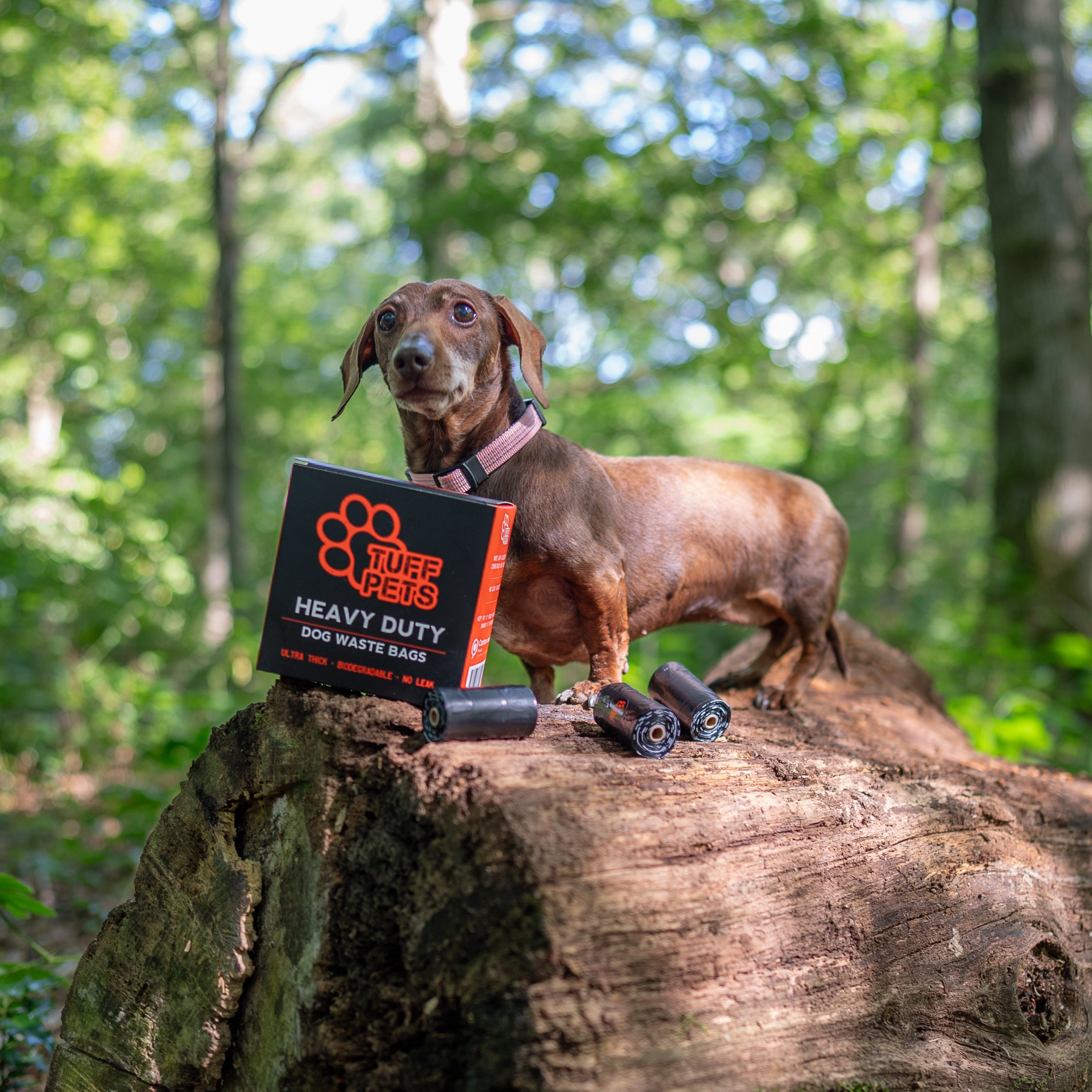

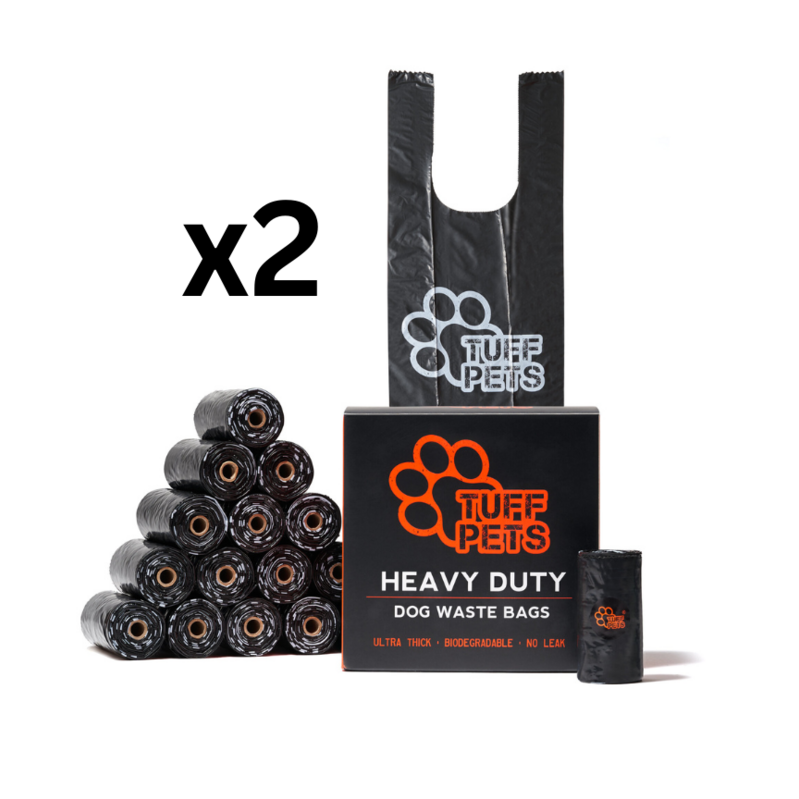
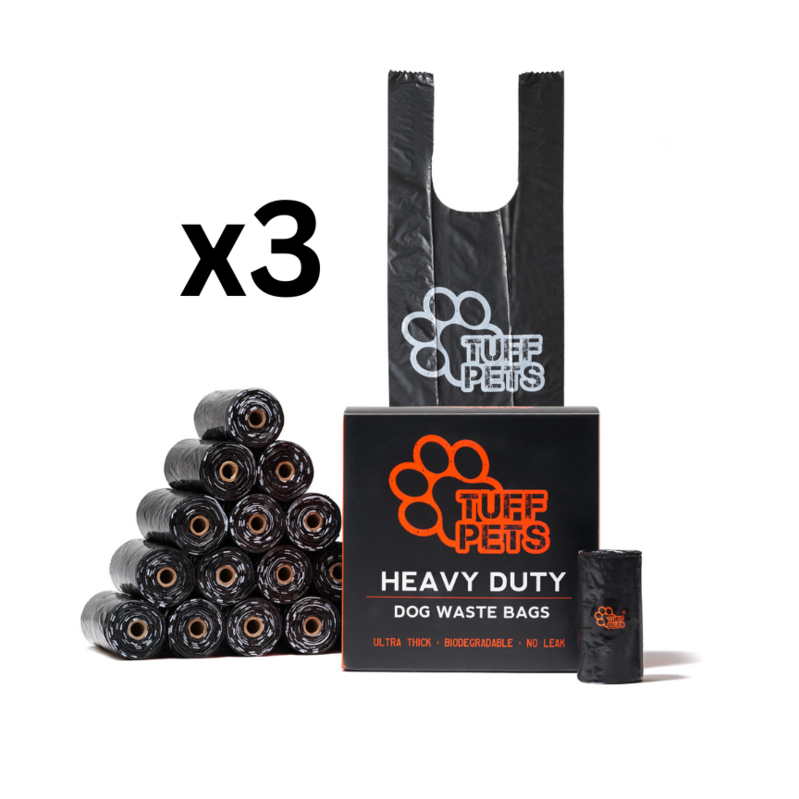
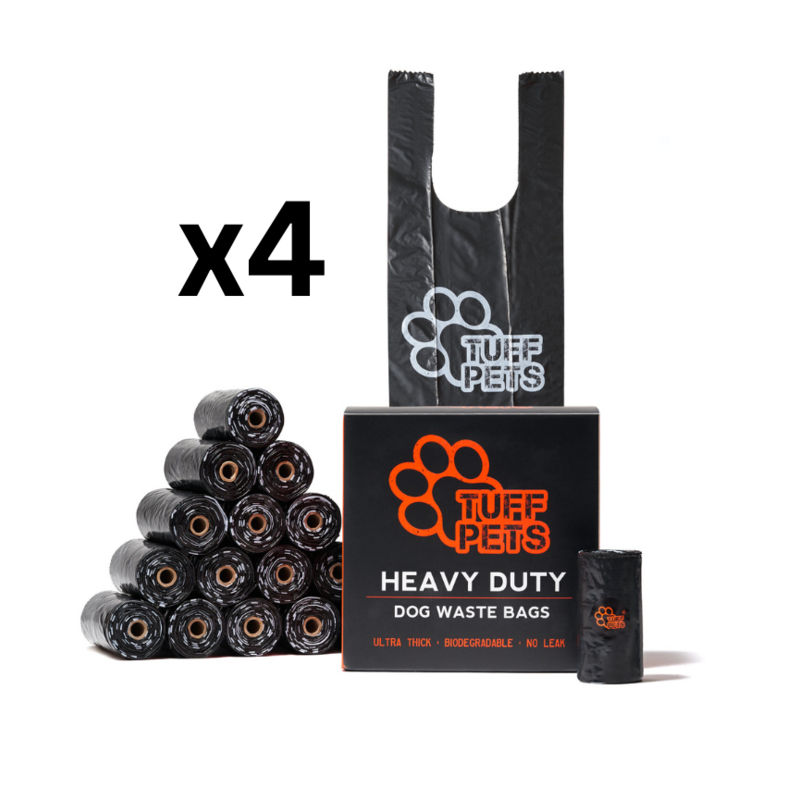
Share:
Why Is My Dog Pooping in the House?
Reasons Why Your Dog May Be Growling or Snarling